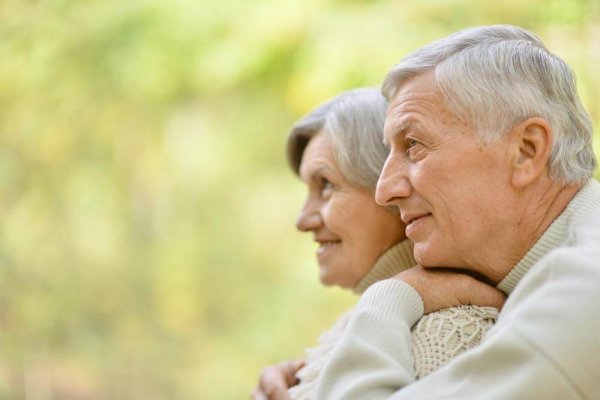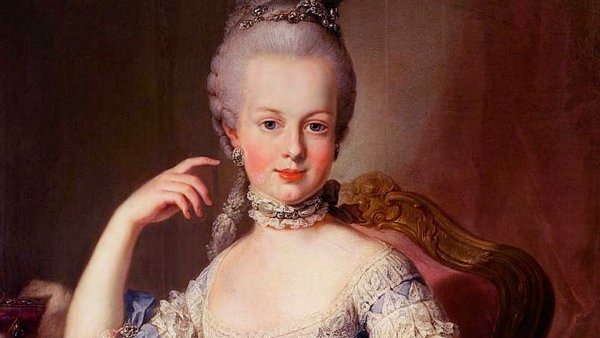Gray Hair and Stress: Are They Related?

According to the legend of Marie Antoinette, queen of France, after being condemned to death by guillotine, she woke up the morning after her sentencing and her hair had turned totally grey. Was it the stress over hearing the sentence that turned her hair gray, or is this story a purely fictional part of pop culture?
A more recent story is the one of Eric Moody, the heroic pilot of British Airways Flight 9. All of the engines failed, but he was still able to direct the aircraft, land, and thus save all of the passengers’ lives. A year after this amazing feat, he was surprised to find his head covered in gray hair.
“Gray hair and weapons win battles.”
-Anonymous-
Why does hair turn gray?
Hair turns gray when the hair follicles stop creating a substance called melanin, which is what gives our hair its natural color. This degeneration in the process of melanin production usually begins in our 30s and 40s for Caucasians, and later for African Americans.
This means that the progressive graying of hair is associated with age. However, exceptional cases, like the ones we presented in the introduction where the person’s hair turns completely gray in a very short period of time, are influenced by something more: stress. Stress comes from the mind, but it can affect the entire body, including the heart.

For Eric Moody, the intrepid pilot, one year is a very short period of time for his hair to turn gray, so stress is a fundamental factor to consider. However, we have to make conclusions carefully: different studies looking into this connection haven’t given conclusive results.
This is so because putting people under that level of stress, which puts their lives at risk, is unethical. They must instead use stressors that produce a much less severe reaction than a death sentence or the danger of an aircraft accident. However, these studies have focused on more chronic stressors, which are more common, and they haven’t found any conclusive results using them.
Marie Antoinette syndrome
There is a type of alopecia areata called “Marie Antoinette syndrome,” because what happened to the queen is not considered a sudden graying of the hair, but rather an abundant loss of it, which resulted in a change of color.

The appearance of a loss of color in this case occurs because darker hair falls out first, so that if there was already some gray hair, it becomes more pronounced. However, this type of alopecia doesn’t happen in just one day. Rather, it takes a few weeks to develop.
Stress is believed to trigger this process, but for it to happen it must be combined with a genetic predisposition. Even so, this syndrome only occurs in 0.2% of the population, so it’s difficult to learn about cases apart from dermatological consultations.
Stress, age, and gray hair
Keeping the above in mind, we can conclude that stress can also influence the appearance of gray hair if the stressful situation is at such a high level that it’s determined to be dangerous for the person’s life. The relationship between stress and gray hair isn’t clear if the stressors are more like the ones we face every day: less acute and more chronic.

Even so, living deeply, being happy with what you have, and enjoying life as much as you can, is always good for your physical health, your mental health, and of course, the appearance of gray hair.
This text is provided for informational purposes only and does not replace consultation with a professional. If in doubt, consult your specialist.








